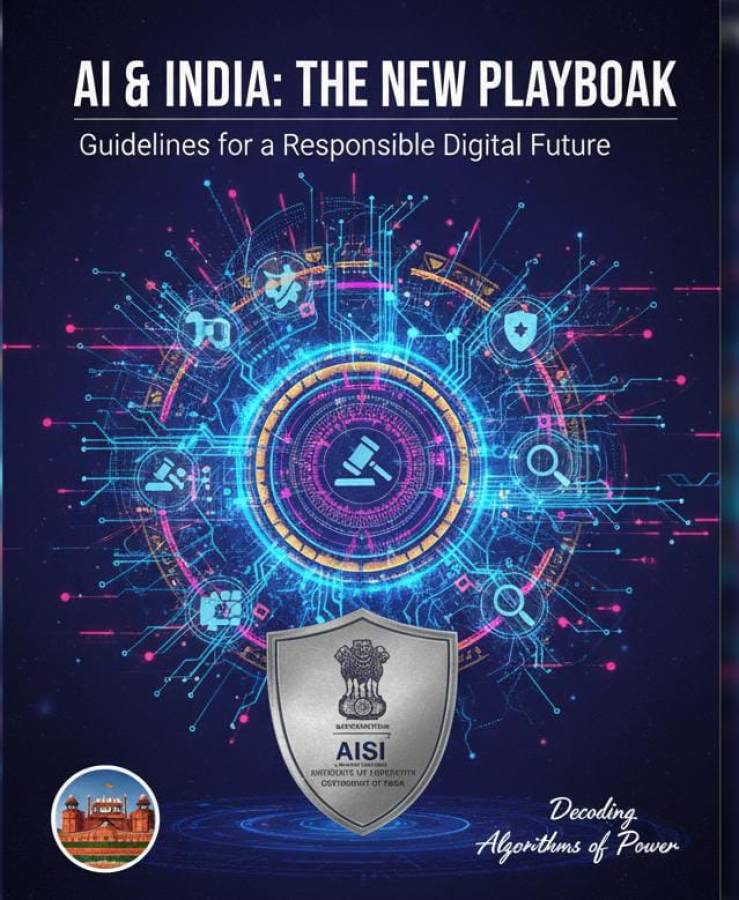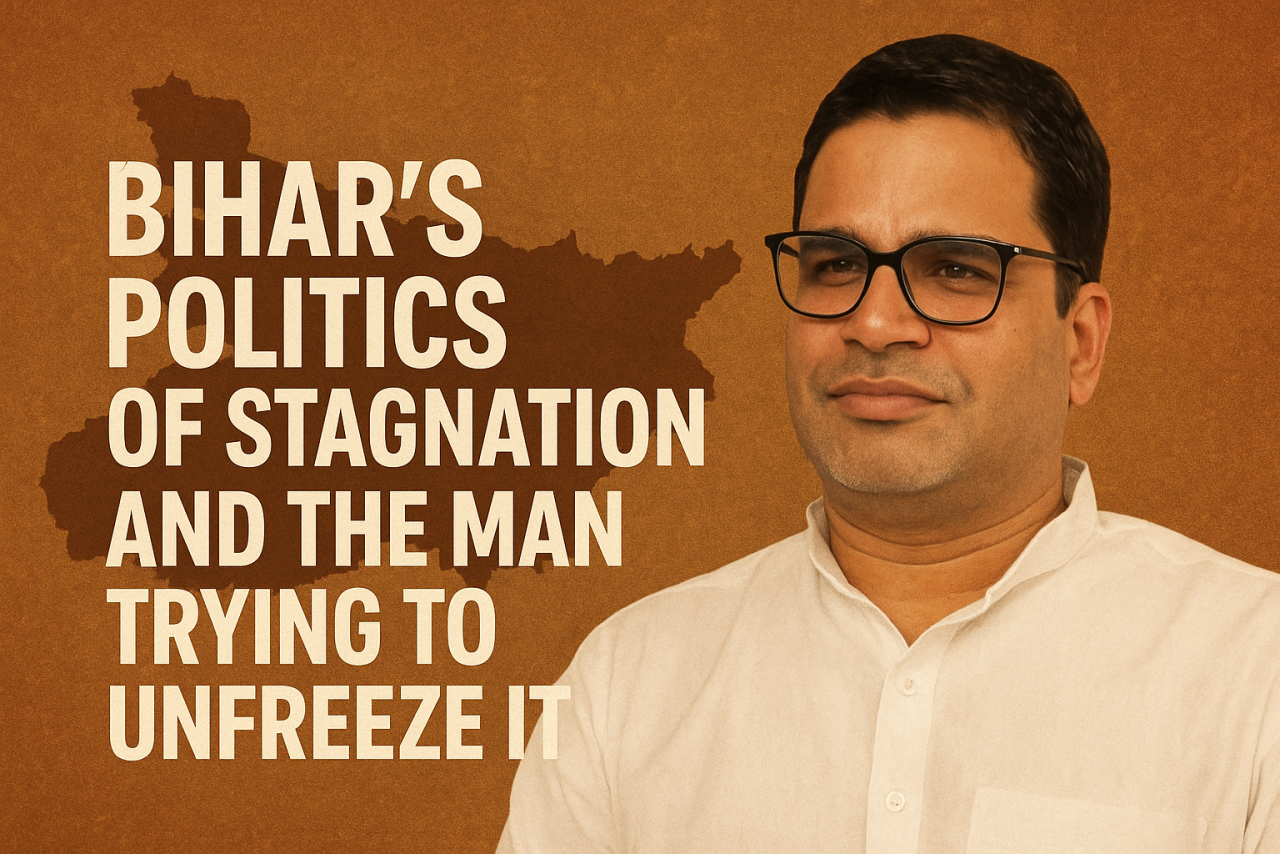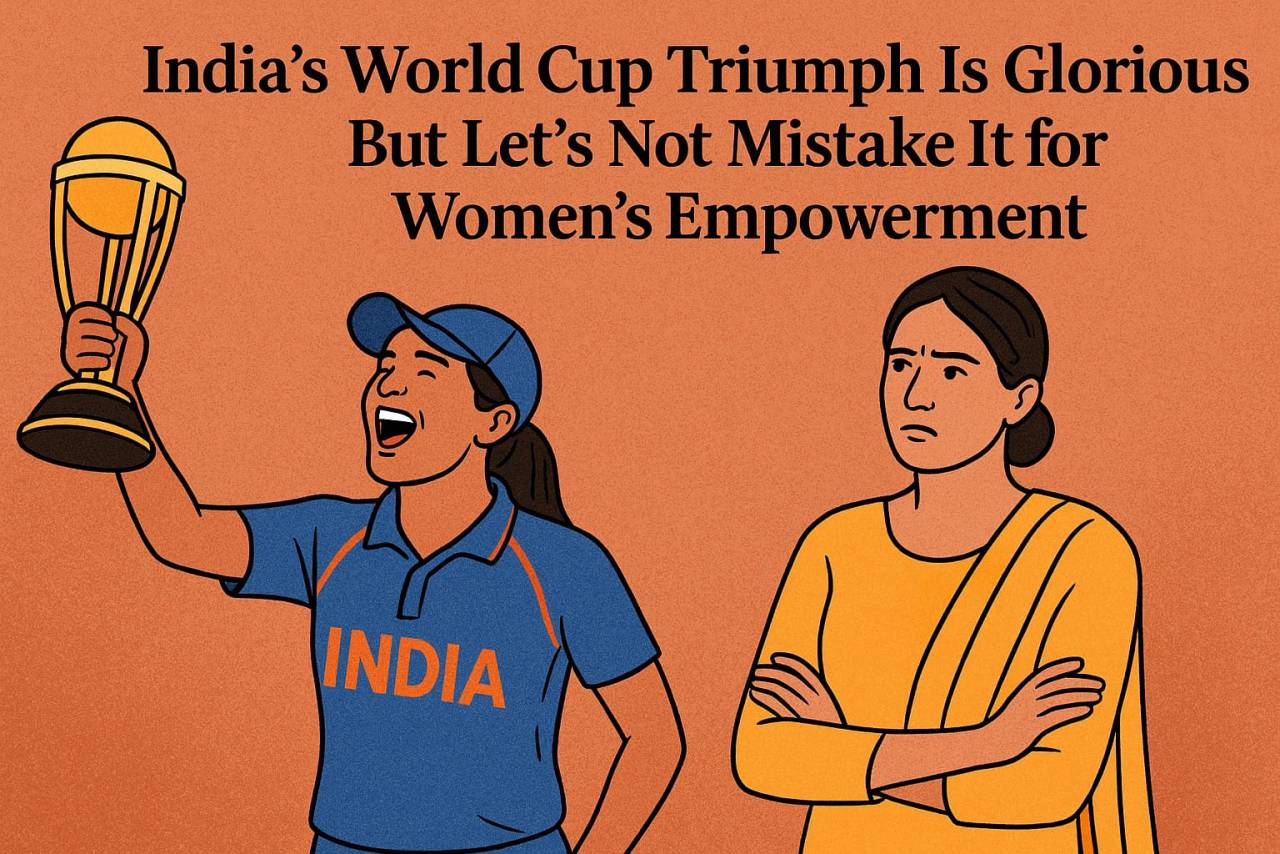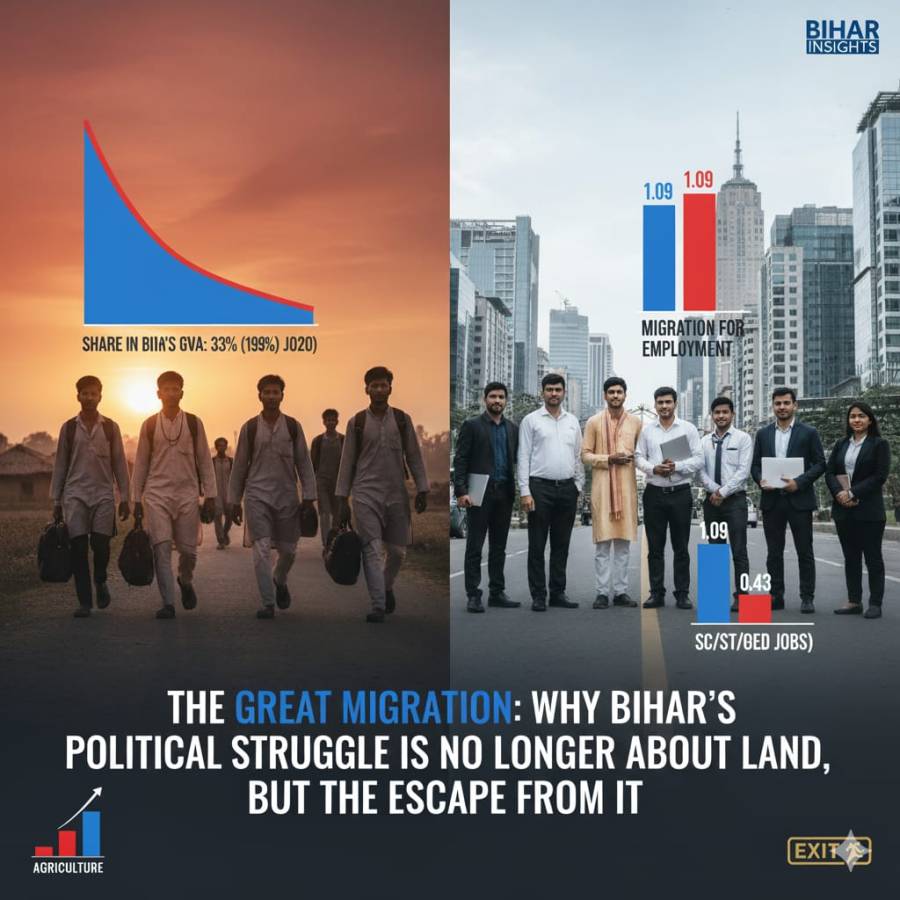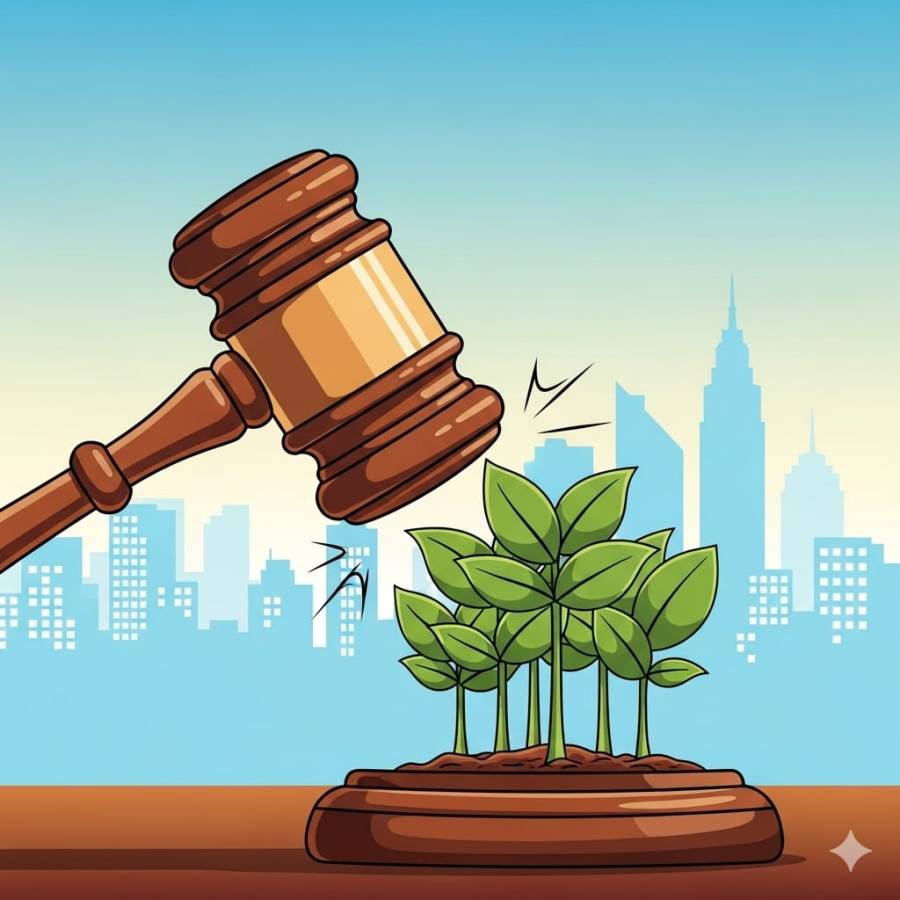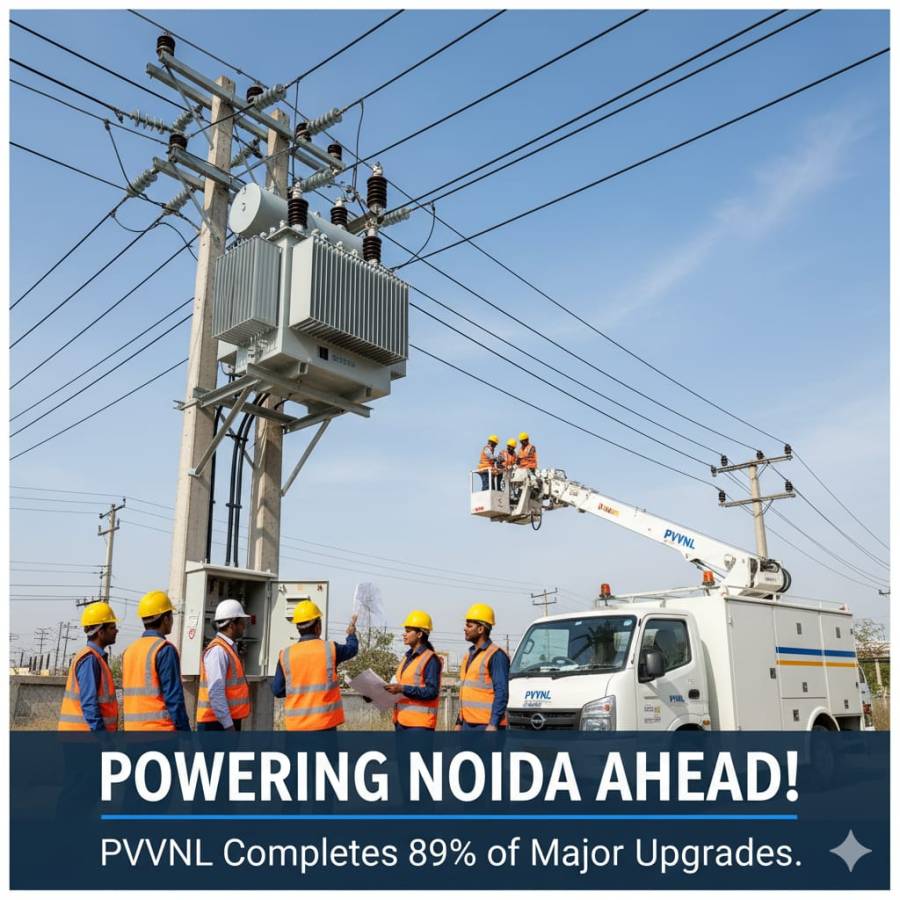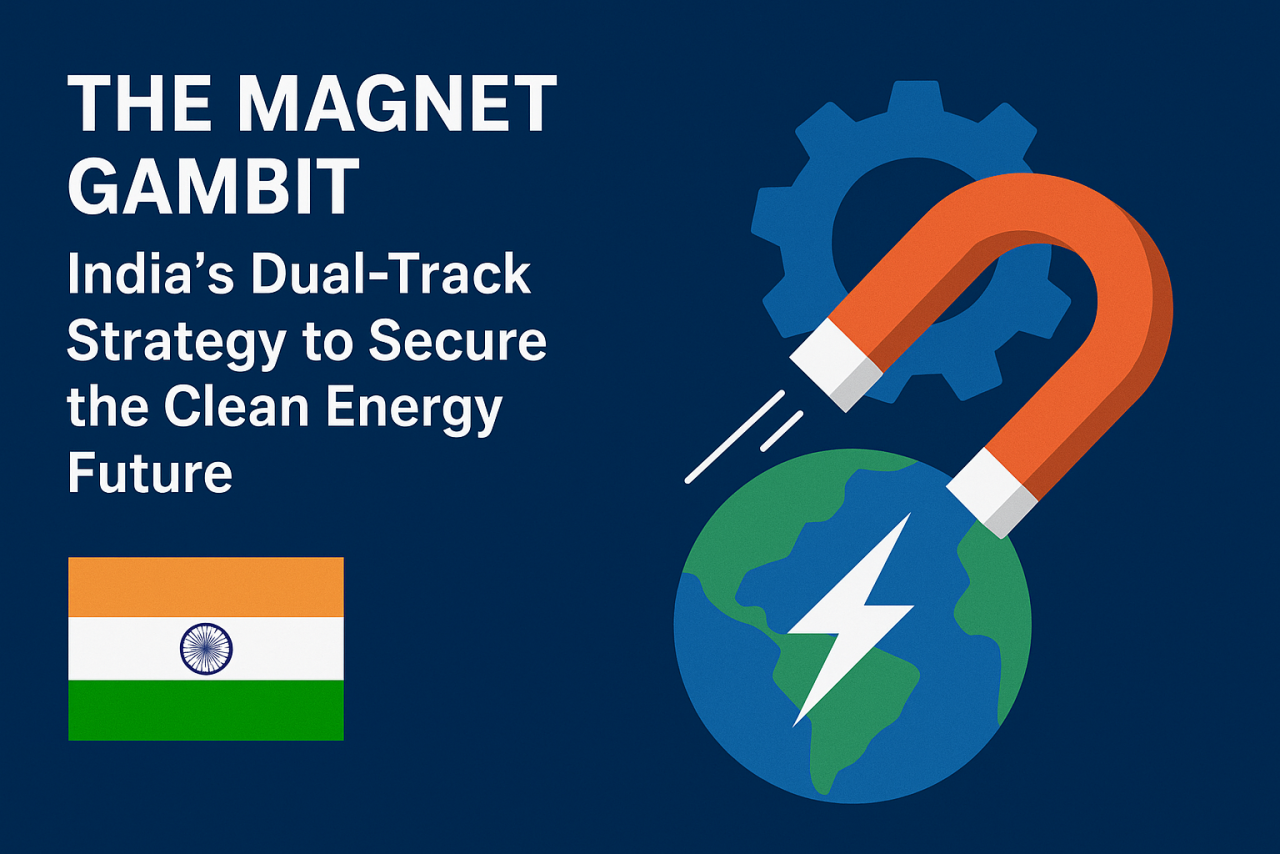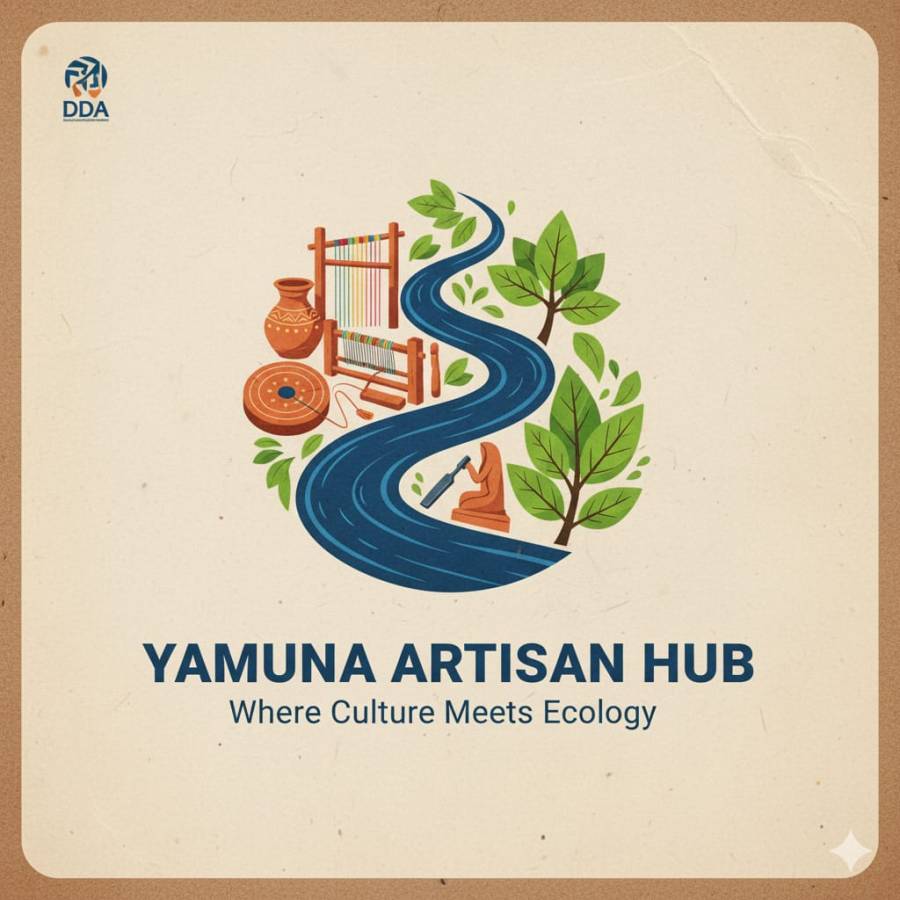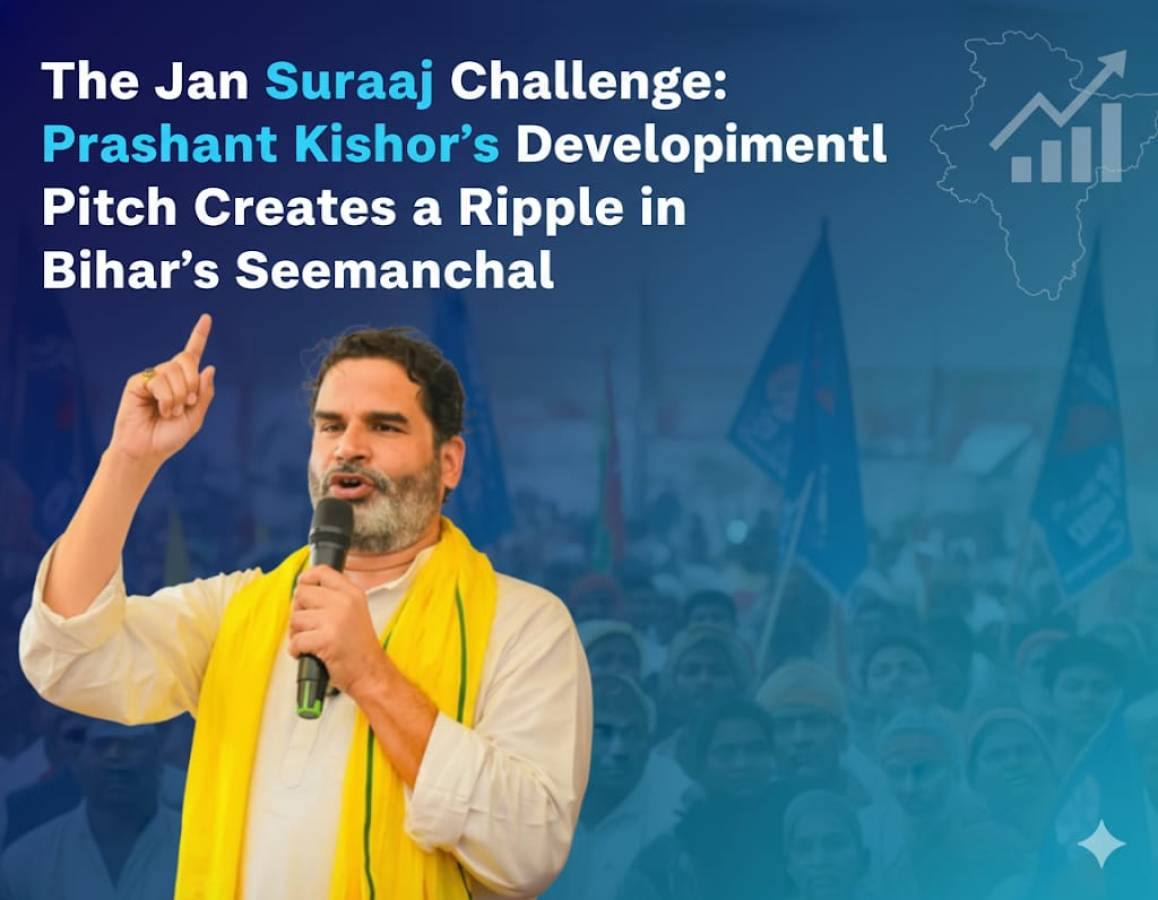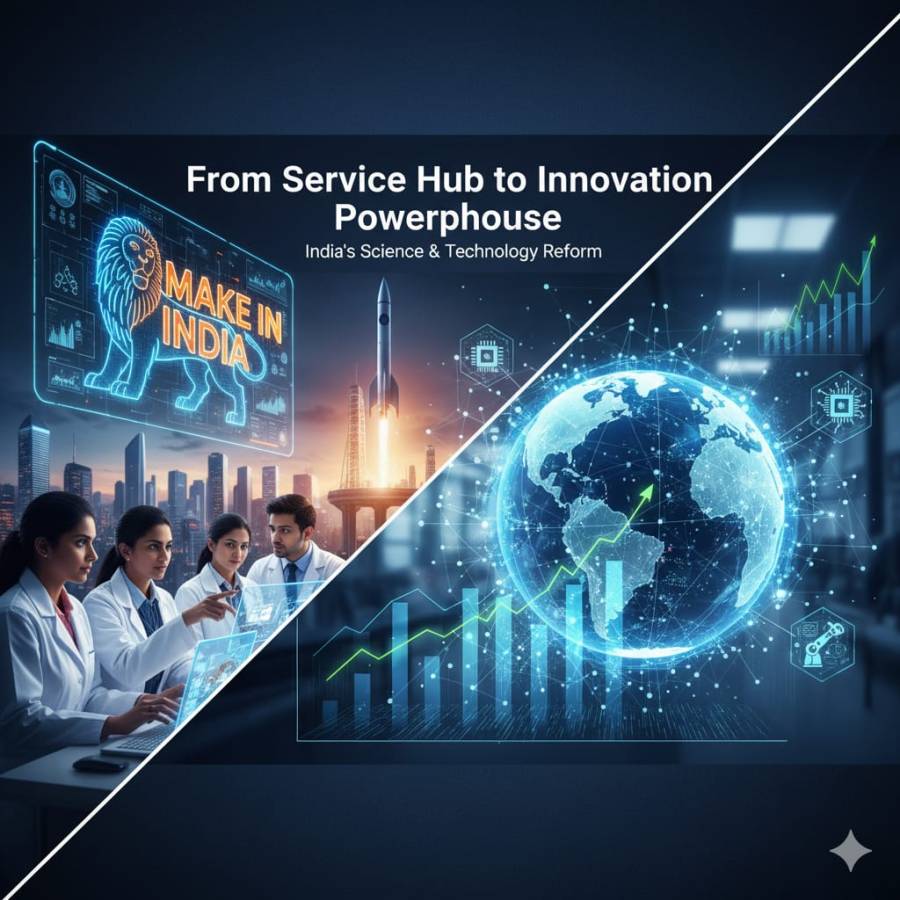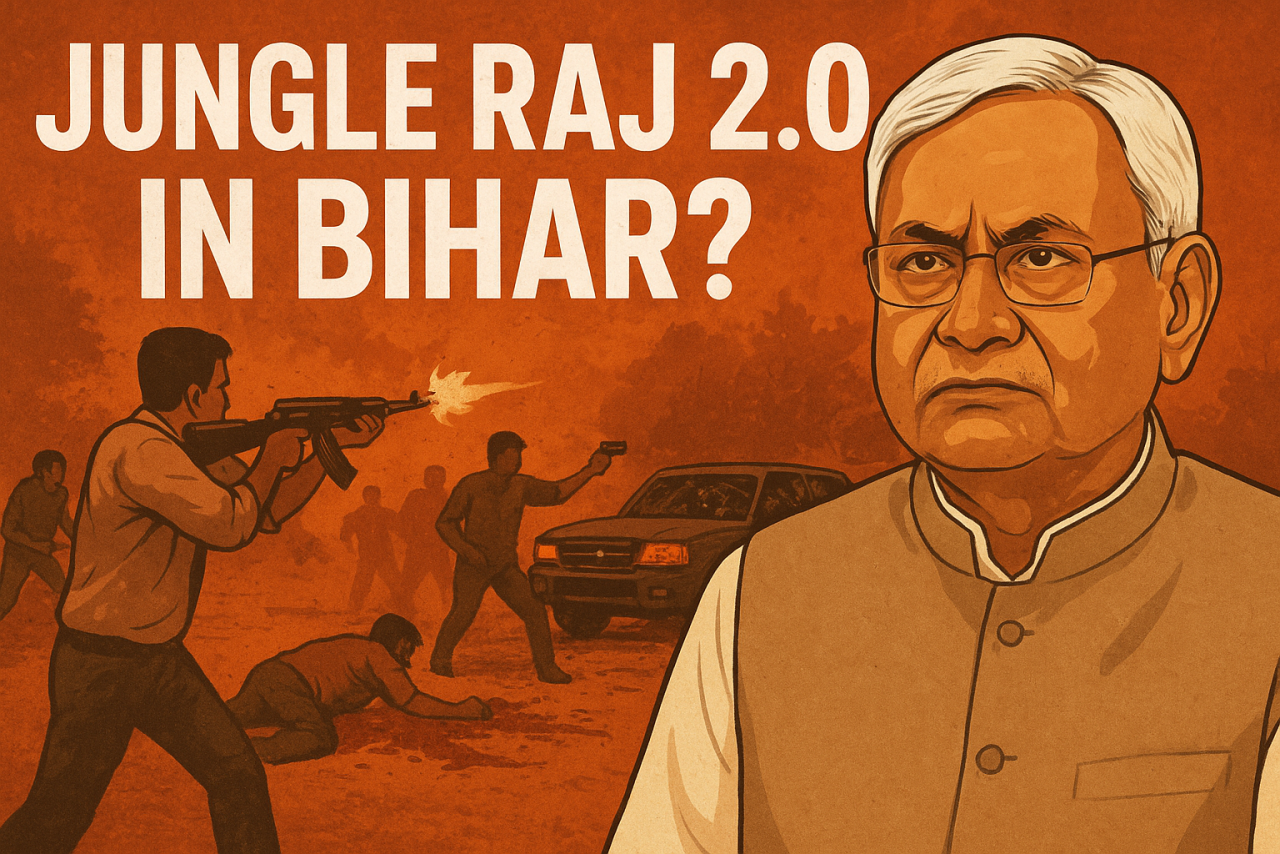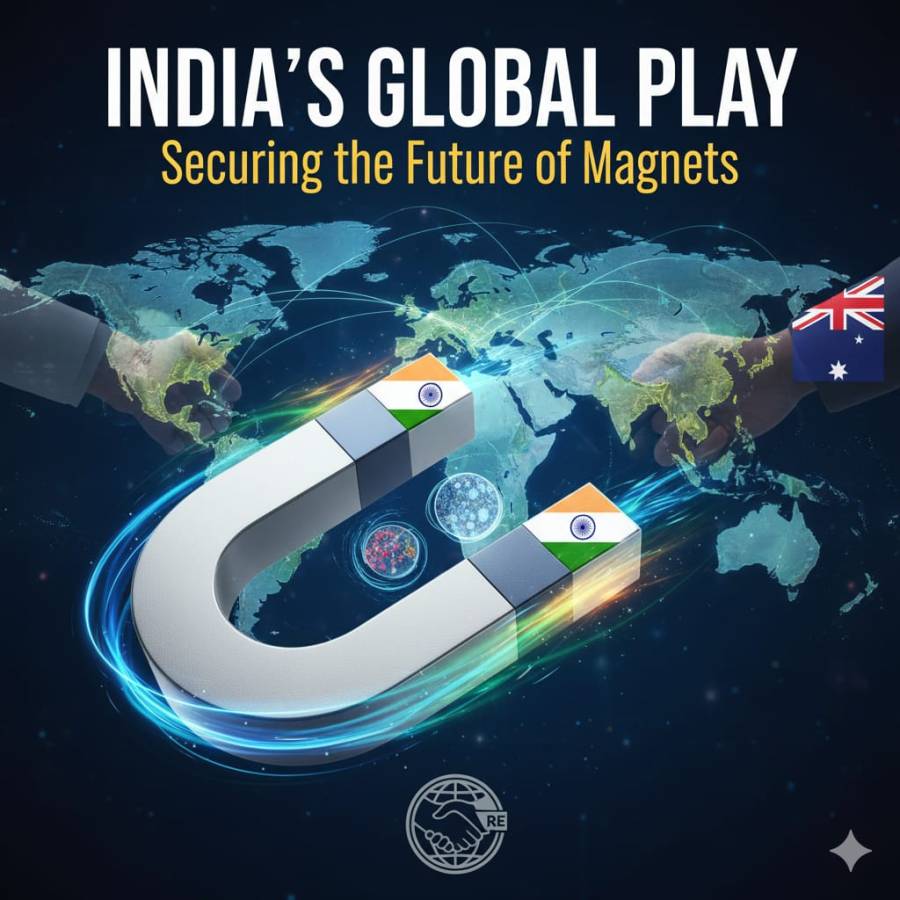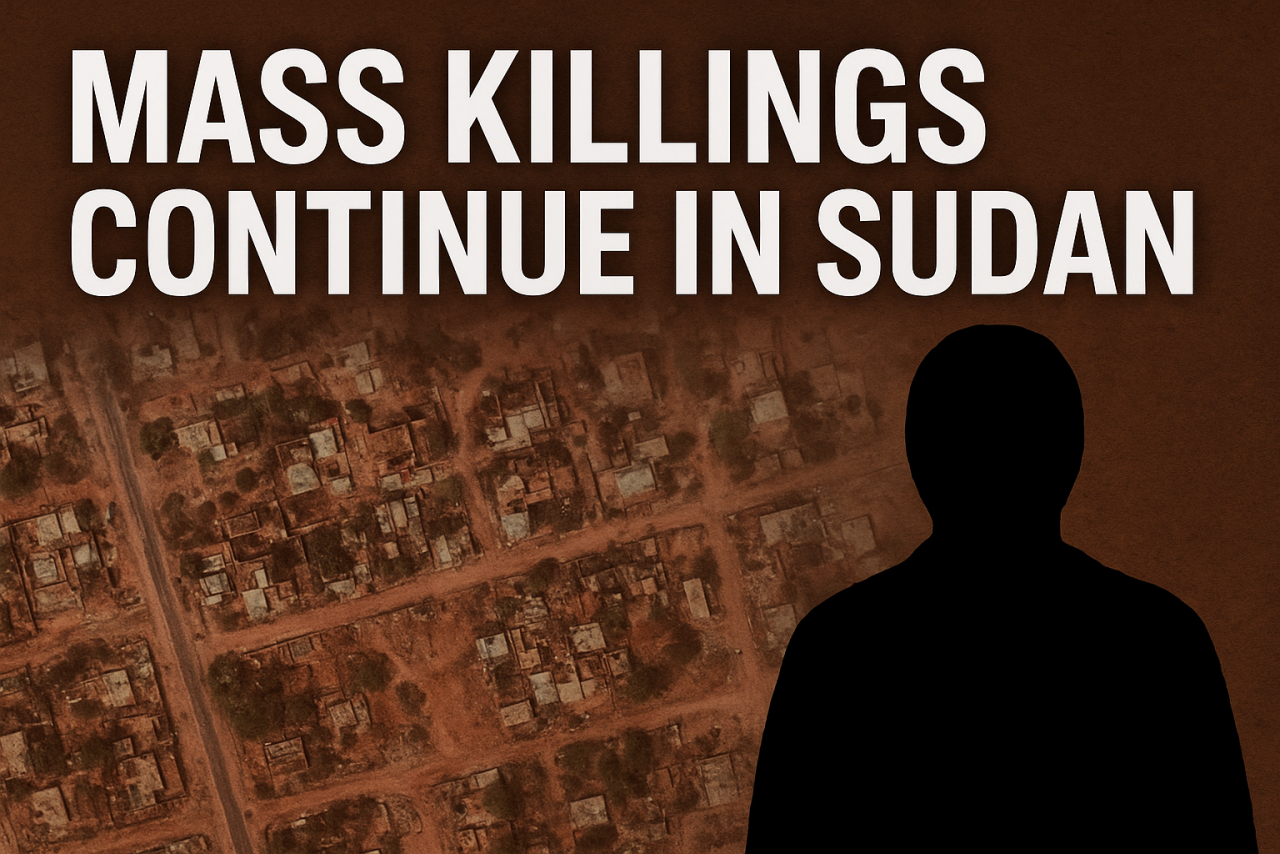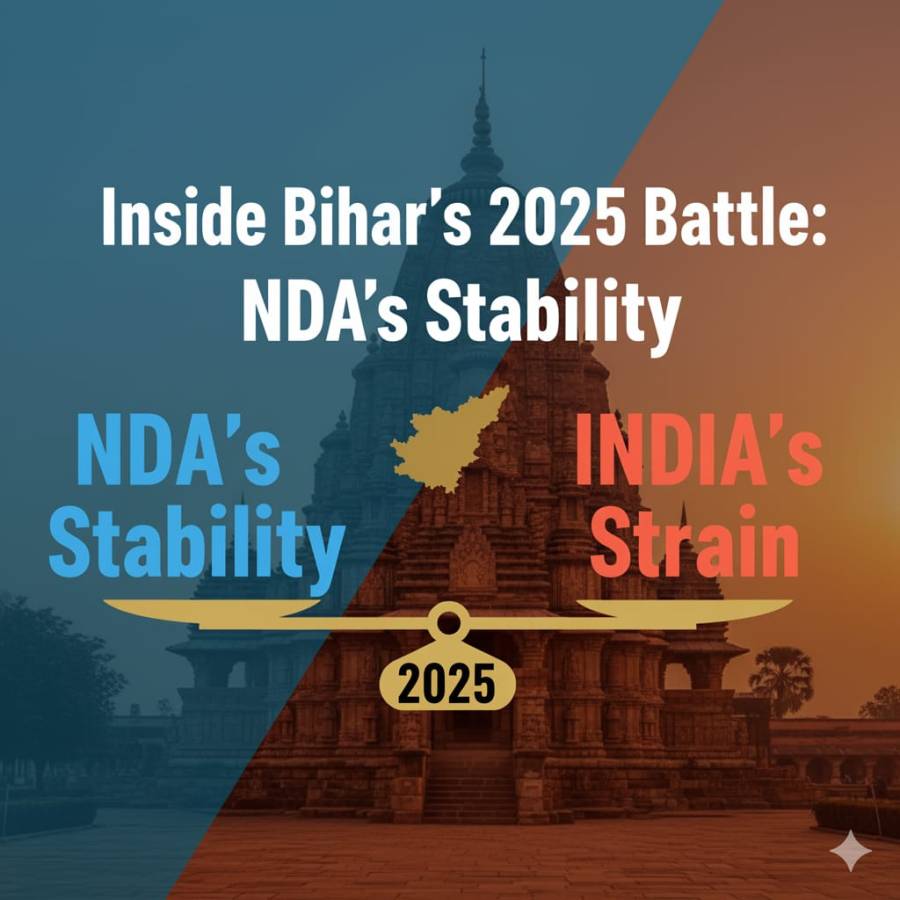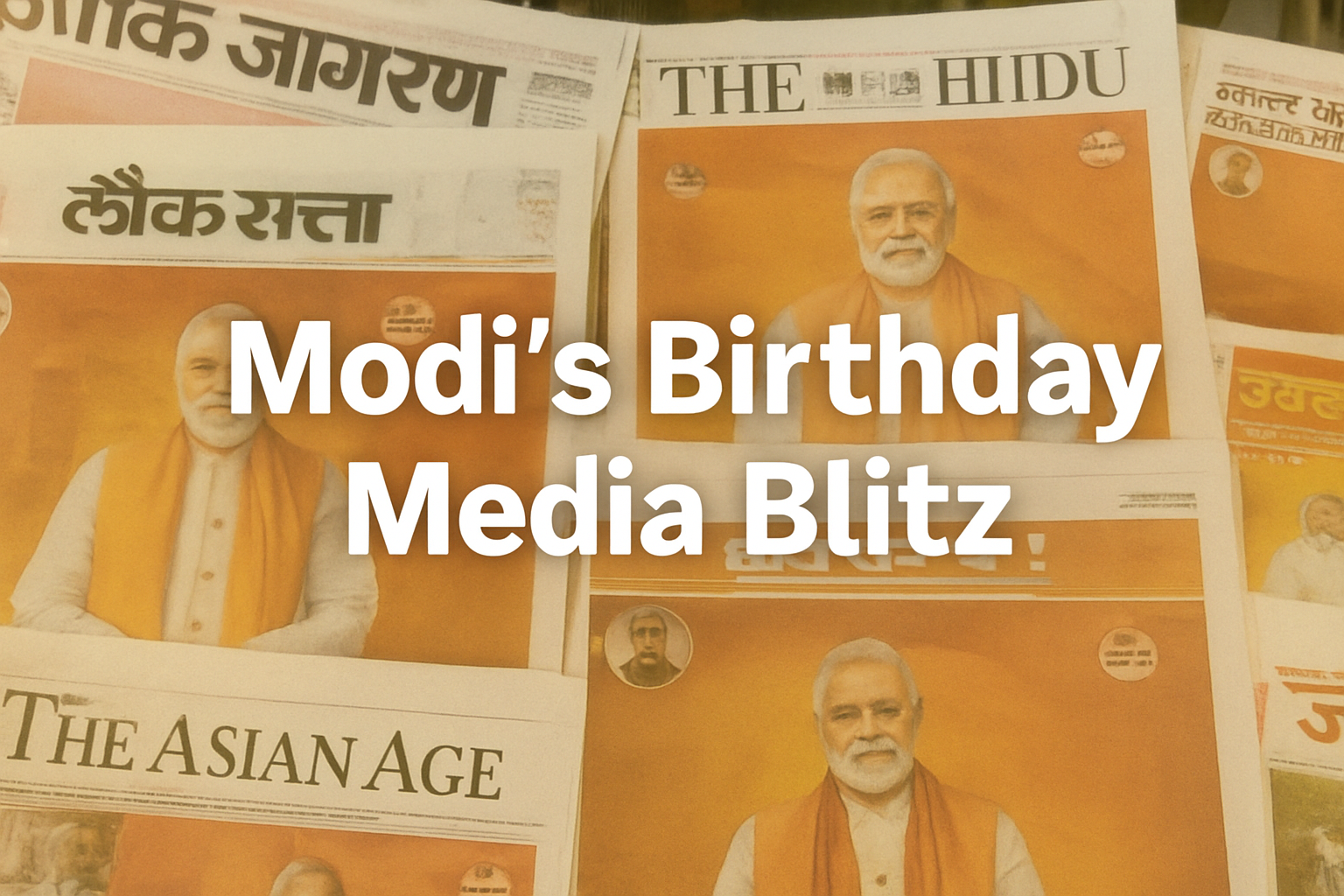
On September 17, Indian newspapers looked more like campaign brochures than platforms of news. Front pages of nearly every major daily carried full-page advertisements of Prime Minister Narendra Modi’s 75th birthday. Readers picking up their morning editions of Dainik Jagran, Amar Ujala, The Hindu, Hindustan Times or The Asian Age were greeted not with hard news but with portraits of the Prime Minister and carefully crafted slogans. On social media, hashtags celebrating the occasion dominated trending lists, aided both by party workers and government machinery. The spectacle reflected the intersection of politics, publicity, and state resources in a way that raises sharp questions about the role of the press and the cost of personality-driven politics.
The price tag of this media blitz cannot be overlooked. A full-page advertisement in a leading daily in India costs anywhere between 25 to 40 lakh rupees depending on circulation. When dozens of national and regional newspapers carry multiple ads across editions, the cumulative cost runs into hundreds of crores. For comparison, the annual budget for rural health missions or school mid-day meals in some states is of a similar magnitude. To spend such sums on image-building for one man’s birthday, however high his political stature, is bound to attract criticism. The question is not only about waste but also about the priorities of governance.
The dominance of Modi’s image on September 17 was not confined to print. Television news channels dedicated prime-time discussions to his legacy, some framing it as a moment of reflection on his 11 years in power. On social media, party handles rolled out carefully timed visuals, while ministers and celebrities queued up with greetings. The result was a manufactured unanimity, where voices of dissent or even critical commentary were drowned out by an orchestrated chorus of praise. The entire exercise resembled a publicity campaign more than a democratic observance of a leader’s birthday.
Is this unprecedented? Not entirely. Around the world, leaders have long used state resources to project themselves. In the Soviet Union, Joseph Stalin’s birthday was marked with posters, songs, and headlines praising his leadership. In North Korea, the Kim dynasty continues to celebrate birthdays with mass mobilization and media saturation. In democratic societies, though, such large-scale glorification is rare. American presidents may enjoy celebratory articles or social media trends on their birthdays, but it is unheard of for nearly every major newspaper to carry government-funded ads on the same day. Even in India, earlier prime ministers like Jawaharlal Nehru, Indira Gandhi or Atal Bihari Vajpayee did not witness comparable levels of saturation, though they commanded significant media attention during their time.
The media’s complicity is also worth examining. Newspapers are not passive actors here. They rely heavily on government advertising revenue, which has grown into a tool of influence. By accepting these ads and surrendering their most valuable space, they risk blurring the line between journalism and publicity. The front page, meant to hold news of national importance, is instead used to celebrate a political personality. Readers, meanwhile, are deprived of a diversity of perspectives and forced to consume curated imagery.
Social media, while seemingly more democratic, was also dominated by organized campaigns. Hashtags celebrating Modi trended at the top for hours, boosted by coordinated tweeting. Critics attempting to highlight the scale of expenditure or raise questions about governance struggled to gain visibility. The day illustrated how digital platforms, which once promised to challenge state control, are now easily co-opted for political messaging.
The political implications of this saturation are significant. By turning Modi’s birthday into a national media event, the government reinforced his image as not just a leader but the central symbol of the state itself. The projection of personality becomes a substitute for policy debate. Citizens are invited to admire rather than question, to celebrate rather than scrutinize. For the ruling party, the strategy works in consolidating loyalty. For democracy, it signals a worrying narrowing of public discourse.
Ultimately, the cost of this media extravaganza is borne not only in money but also in the erosion of journalistic independence. The financial resources spent on a day of glorification could have funded pressing social needs. The front pages devoted to birthday greetings could have informed readers about economic distress, climate challenges, or global conflicts. The social media energy could have been directed toward citizen engagement or policy debate. Instead, it was spent reinforcing a personality cult.
India has reached a moment where the line between governance and publicity is blurred to the point of invisibility. The spectacle of Modi’s 75th birthday coverage is unlikely to be forgotten. It stands as both a symbol of the power of one man over institutions and a reminder of the cost of surrendering public platforms to personality-driven politics. Whether this becomes a permanent feature of Indian democracy, or a moment that prompts reflection and course correction, remains to be seen.


